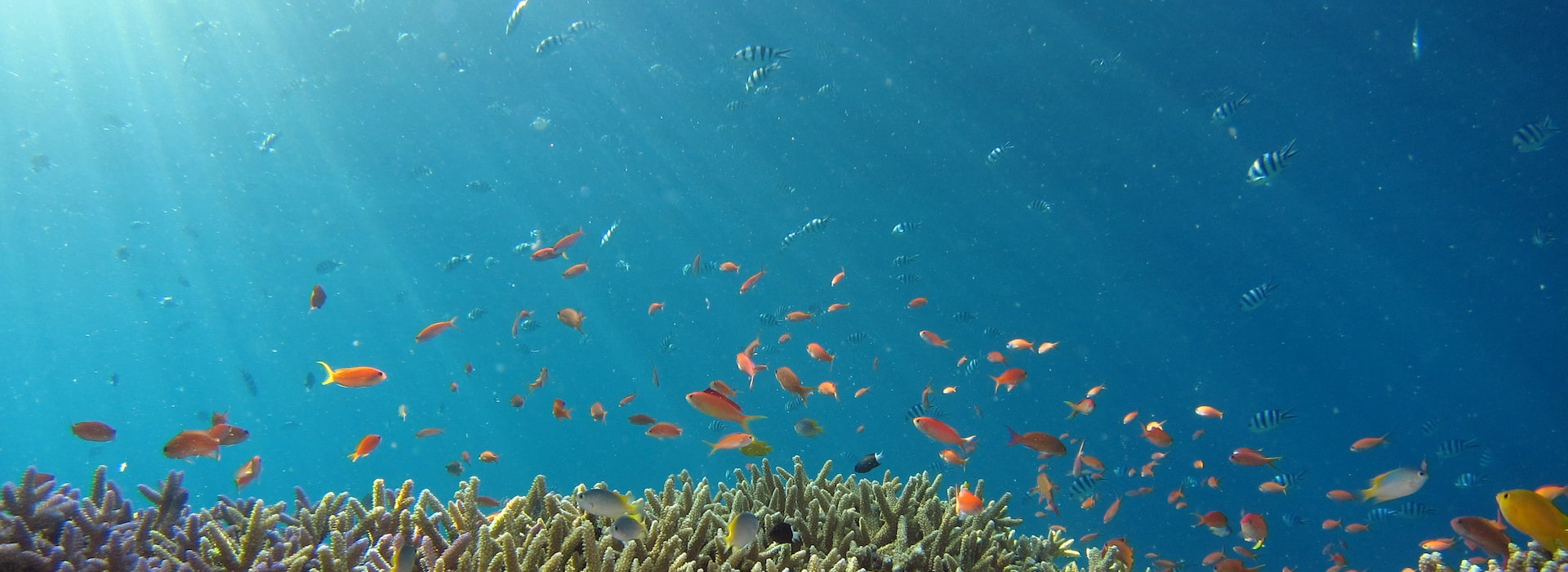
Blue growth: the critical relevance of coastal areas
Blue Growth is a long-term strategy to support sustainable growth in coastal areas in articulation with the marine and maritime sectors as a whole. Large rivers, seas and oceans are drivers for many regional economies and have great potential for innovation and growth.
The blue economy encompasses all sectoral and cross-sectoral economic activities related to rivers, the oceans, seas and coasts, including those in the outermost regions and landlocked countries. This includes the closest direct and indirect support activities necessary for the sustainable functioning and development of these economic sectors. It comprises emerging sectors and economic value based on natural capital and non-market goods and services. For example, just for Europe, the 'blue' economy represents roughly 5.4 million jobs and generates a gross added value of almost €500 billion a year.
Under the K4P alliances, the context for promoting the blue economy for sustainable development of coastal and marine areas in the Global South includes stimulating forms to diversify local economies in products and activities as well as in ocean services.
Potential actions include: i) Maritime surveillance, supporting maritime traffic and help abolishing illegal attention; ii) Harvest of living resources; supporting fisheries to ensure food security and supply proteins demand; iii) Generation of new resources: as a response to the demand for alternative sources of energy, technological raw materials, and potentially pharmaceutical bio compounds; iv) Ocean health & protection: to enhance the protection and conservation of coastal areas (e.g. to protect livelihoods, mitigation of climate change), including forms of coastal protection and preservation; and v) development of “digital twins” of the ocean to model and promote new activities under the scope of the blue economy. For example, satellite data can be used to track the movements of fish stocks, identify areas of illegal fishing, and monitor the health of coral reefs. This information can be used to improve the management of fisheries and to support the sustainable development of the blue economy.
Key-potential activities include:
- Aquaculture ➝ to ensure food security, to reduce overfishing
- Desalination ➝ to increase the supply of fresh water, as solution for water scarcity
- Blue carbon ➝ to support fish stocks and food security, sustain livelihoods, filter water flowing into the oceans
- Technology and R&D ➝ to promote growth in coastal and ocean activities by R&D in ocean technologies (e.g., submersibles, ROVs, diving/scuba gears, buoys, water column samplers, sea floor mapping)
